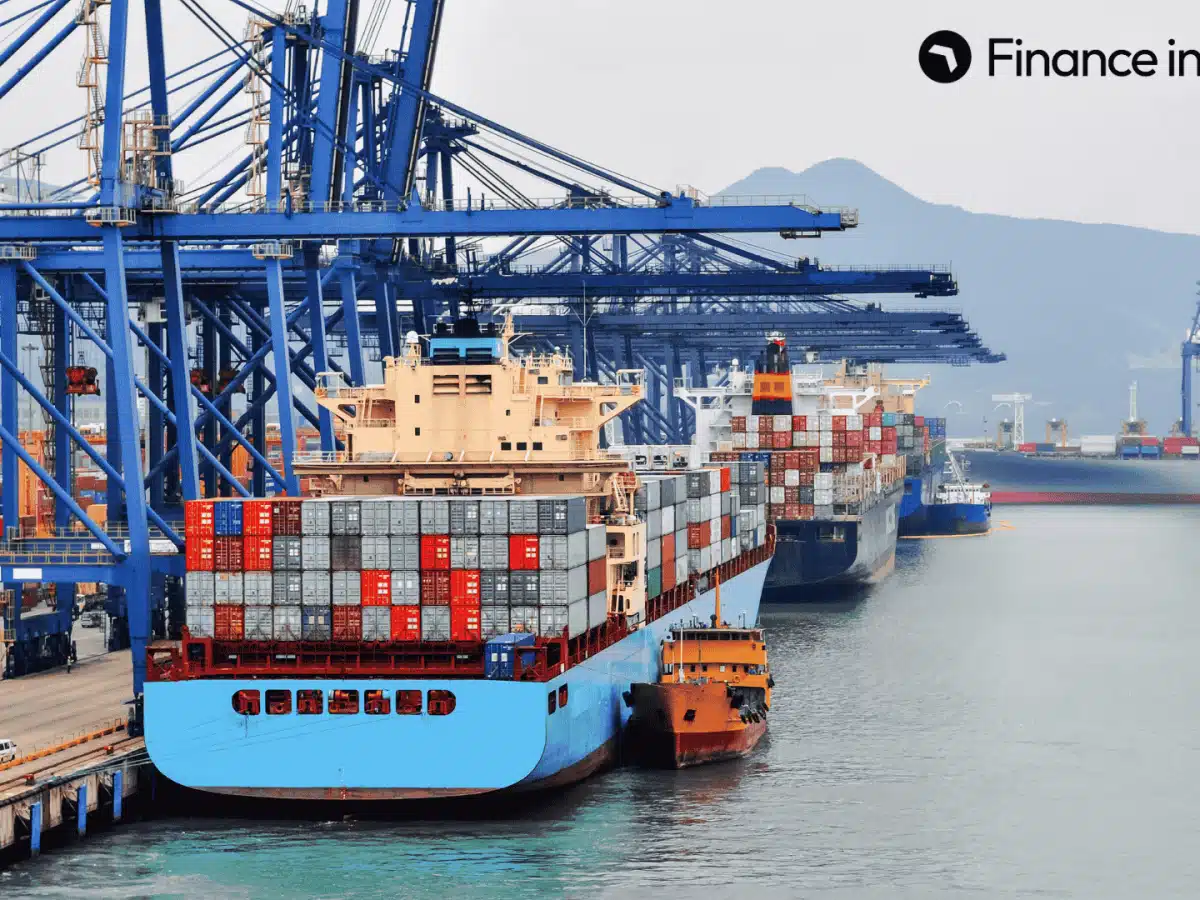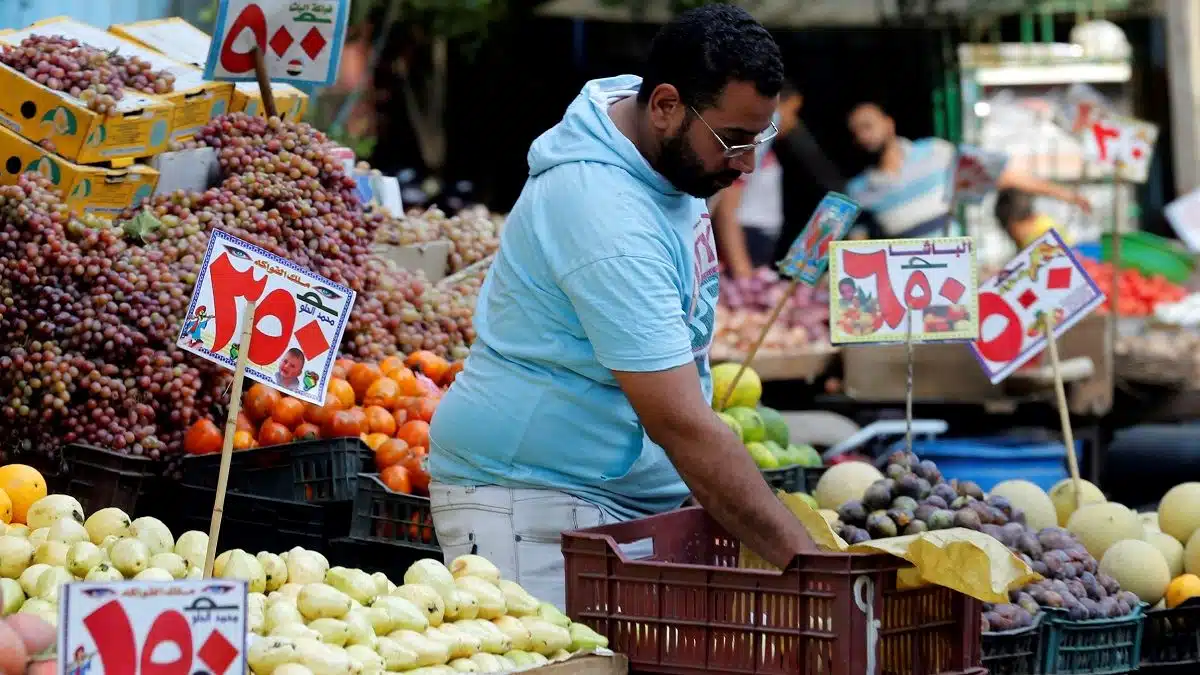South Africa’s exports to the United States plunged by 27% in March to $634.3 million, down from $874.7 million in February, according to new data from the South African Revenue Service.
The sharp monthly decline coincided with Washington’s imposition of a 25% tariff on imported vehicles —which took effect on March 26 —a policy shift that may be weighing on automotive shipments from South Africa.
The U.S. is South Africa’s third-largest destination for car exports, and the new levies pose risks for global manufacturers operating locally, including BMW, Ford and Toyota.
While the data does not explicitly link the slump to the tariffs, the timing has raised questions about the policy’s early impact on bilateral trade.
Policy uncertainty clouds recovery efforts
To help cushion automakers, South Africa’s government had in April proposed an expanded Auto-Incentive Scheme.
The plan included tax-free cash grants of 20% for vehicle manufacturers and 25% for component and tooling investments.
But it remains unclear whether these measures have been implemented or have had any immediate effect.
At the same time, imports from the U.S. rose to $801 million in March, resulting in a trade deficit of just over $161.2 million with the country.
Still, South Africa’s broader trade performance showed resilience: the nation recorded a preliminary surplus of $1.3 billion in March, thanks to total exports of $9.2 billion and imports of $7.9 billion.
Export flows increased on both monthly and yearly bases, driven by higher shipments of coal, iron ore, and manganese.
Compared to March 2024, exports rose 4.5%, while imports declined by 3.5%.
On a quarterly basis, the trade balance surplus improved to $1.5 billion, up from $1.4 billion in the same period last year.
Tariff risks linger as GDP forecasts shift
Still, uncertainty looms. The South African Reserve Bank recently warned that should U.S. President Donald Trump’s sweeping Liberation Day tariffs take full effect—particularly a 30% reciprocal tariff on all South African goods—gross domestic product growth could slip by 0.69%, a reversal from the 1.7% expansion it had forecast.
Though the worst-case scenario has been delayed following Trump’s announcement of a 90-day pause on most reciprocal tariffs except those targeting China—concerns persist about the future of South Africa’s trade benefits under the African Growth and Opportunity Act (AGOA).
Yet, there may yet be relief on the horizon.
Reuters reports the Trump administration is considering an executive order to ease the impact of the vehicle tariffs by offsetting them with tax credits and exemptions on auto parts and raw materials—moves that could offer temporary respite to exporters.
For now, South Africa’s diversified trade profile, particularly with Africa, Europe and Asia, has helped stabilise overall earnings—even as its U.S. trade relationship faces an uncertain road ahead.






